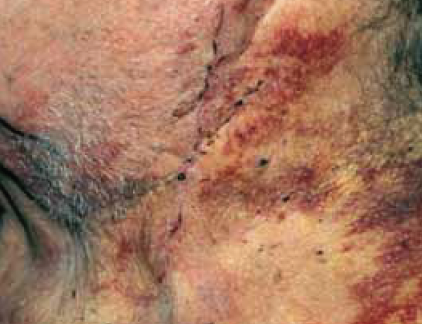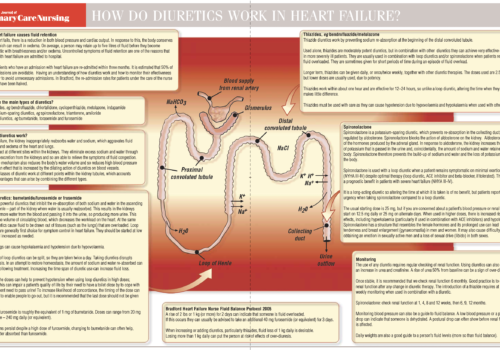Well, spring has sprung! The first few months of each year are a good time to look forward to the challenges ahead. This can be rather daunting, but the bright flowers of spring give us glimpses of hope. In the same way, we hope that this issue of BJPCN can – like a bunch of daffodils – brighten up your day-to-day work in coping with the “warp speed” of change in the NHS.
The Keys to Optimising Lipid Management
Primary healthcare professionals have been set a series of challenges and dilemmas for the management of lipids in the updated Joint British Societies’ (JBS) guidelines for the prevention of cardiovascular disease (JBS2). In this article, we review the changes in emphasis of the new guidelines – teasing out how they can help to further reduce our patients’ risk of cardiovascular disease with tougher cholesterol targets than ever before, together with practical advice on how to achieve these targets.
Oily Fish and Omega-3 Fats – Making Sense of the Latest Evidence
Preventing the Progression of Pre-Diabetes
Cognitive Behavioural Therapy: Linking Thoughts to Actions
Cognitive behavioural therapy (CBT) is a combination of two types of therapy: cognitive (how we think about things) and behavioural (what we do). NICE guidelines recommend CBT as a frontline therapy for depression, obsessive compulsive disorder, post-traumatic stress disorder and anxiety. The National Institute of Mental Health suggests that a combination of CBT and medication may be the best treatment for many patients with panic disorder. As CBT is moving higher up the therapy agenda, this article takes you through what it is and what it involves in practice.
Advances in Vascular Surgery
Vascular surgery is an area that is constantly evolving, with new techniques being developed and existing ones improved. It is used to remove atheroma from arteries – including cardiac and carotid arteries and to treat varicose veins. In this article, we review the range of different types of vascular surgery that patients may undergo. What do they involve and when are they used?
Editorial
New starts. It may be a cliché, but the end of each year and the first month of the next one offer the chance for a new start for us all – health professionals and patients. And for the British Journal of Primary Care Nursing (BJPCN), we have a whole selection box of new starts for our readers and the patients we care for
Finger Pricking Good: Optimising Self-Testing of Blood Glucose in Diabetes
Finger pricking or self-monitoring of blood glucose (SMBG) – which patients with diabetes can regularly use to check their own blood sugar levels – is not cheap. Most practices spend 40% more on blood testing strips than on oral hypoglycaemic drugs. Dr Karet carefully reviews the evidence for which patients we should be advising to selfmonitor, how often they should test their blood glucose and – most importantly – how they should act on the results.
Making the Most of Insulins in Primary Care
Insulin therapy has, historically, been initiated and managed by specialist services in secondary care. However, the recent shift in focus from secondary to primary care services, together with the fact that insulin therapy in type 2 diabetes is becoming more common, means that many GPs and practice nurses are becoming increasingly involved in insulin management. This article reviews the different types of insulin now available and how to use them, with the aim of unravelling some of the mysteries surrounding insulin management.
Back to Basics: How do diuretics work in heart failure
Secondary Hypertension: Digging Beneath the Surface
Secondary hypertension, in which patients have an underlying cause for their raised blood pressure, occurs in about 5–10% of patients with high blood pressure. It is found more commonly in younger people. These patients can be identified by careful screening and as part of their initial assessment. In this article, we explore the possible causes of secondary hypertension, how to detect them and how they should be managed.
What’s on the Menu? Eating Out with Diabetes and Heart Disease
Learning to accept and live with a chronic condition such as diabetes or coronary heart disease (CHD) is as crucial a part of treatment as medications. As eating outside the home is increasingly a feature of today’s society, it is important that patients with diabetes or CHD feel able to enjoy meals out without any feelings of guilt. In this article, we suggest practical tips for helping patients with diabetes and heart disease to eat out healthily.























